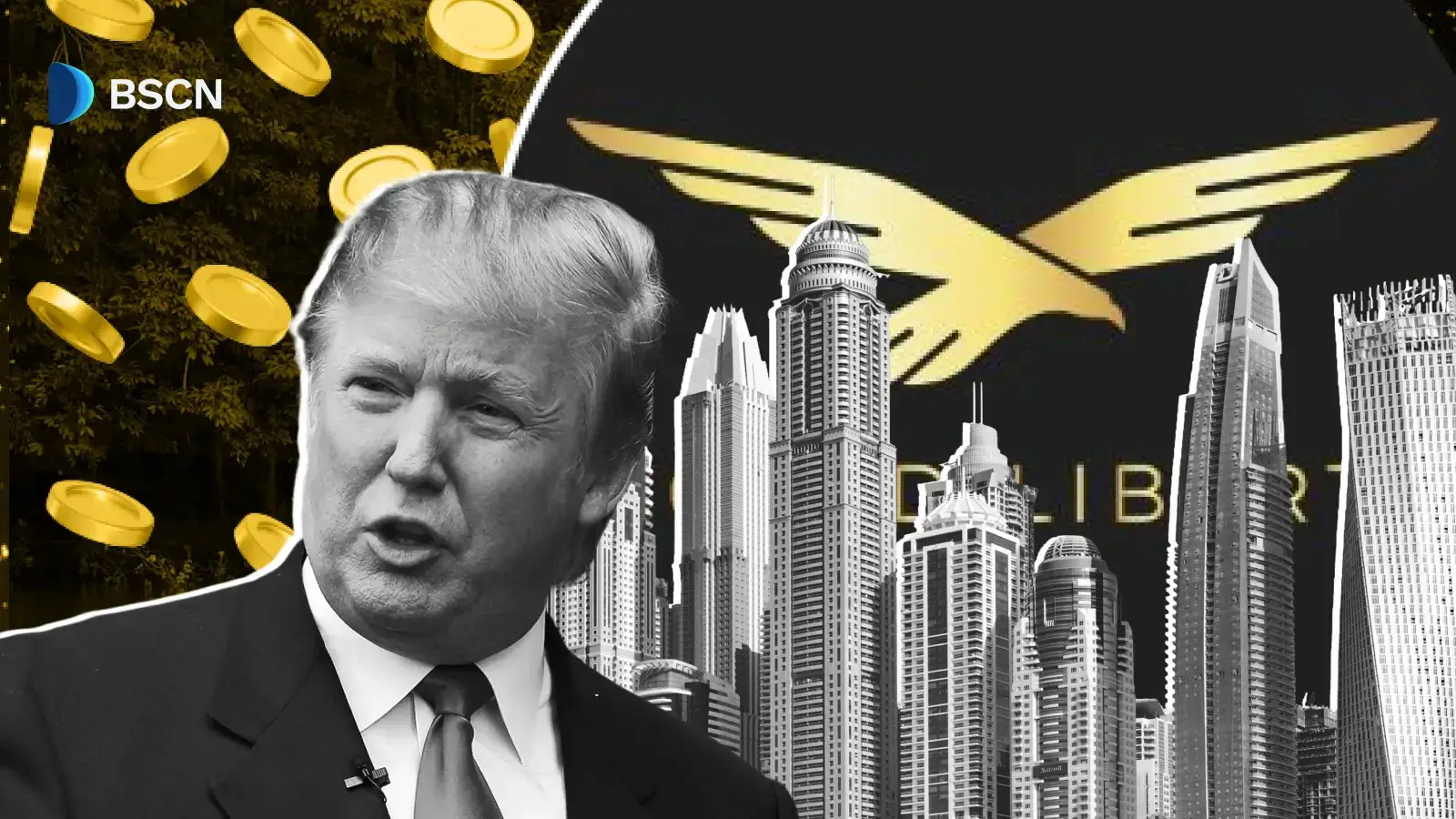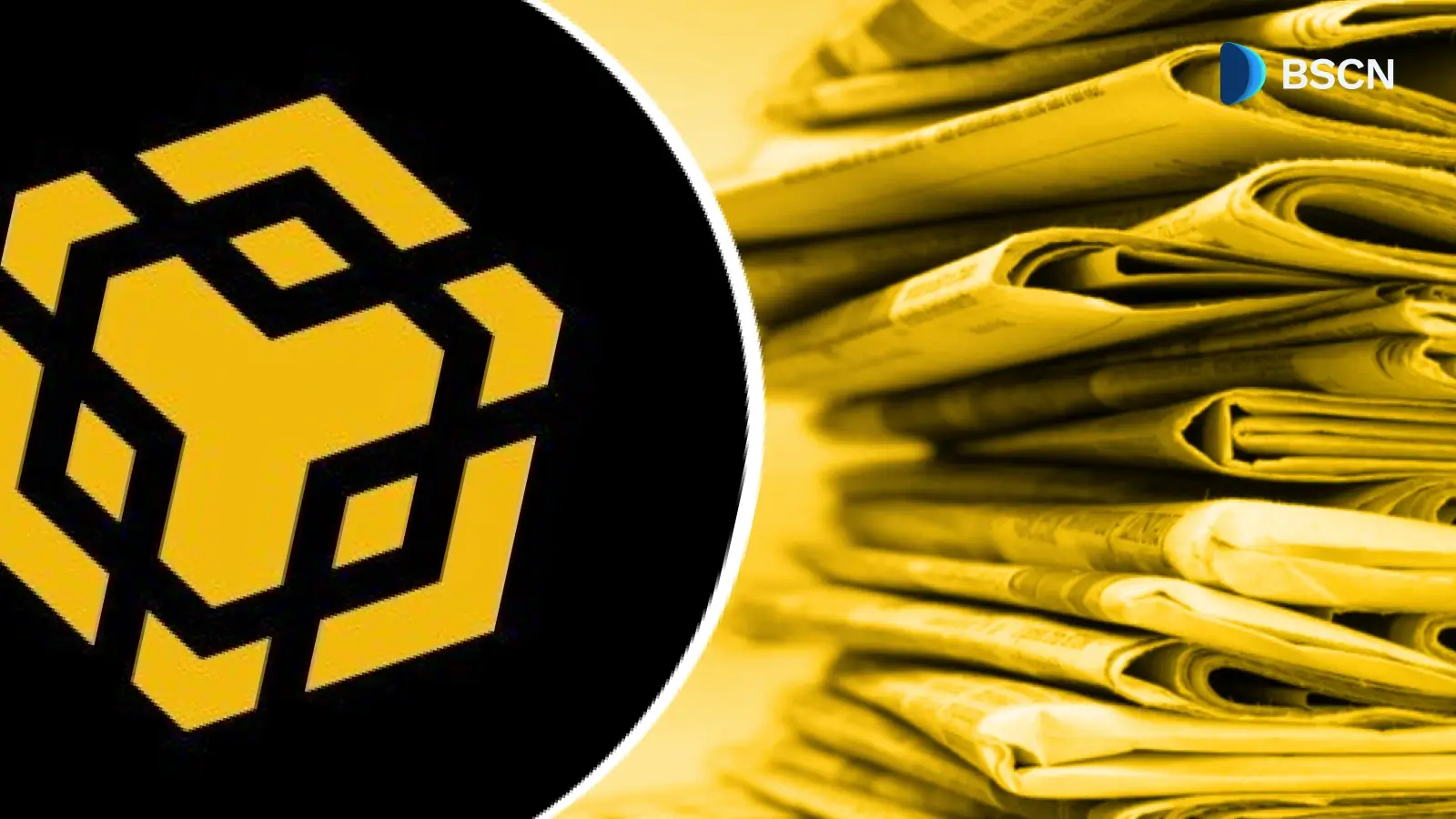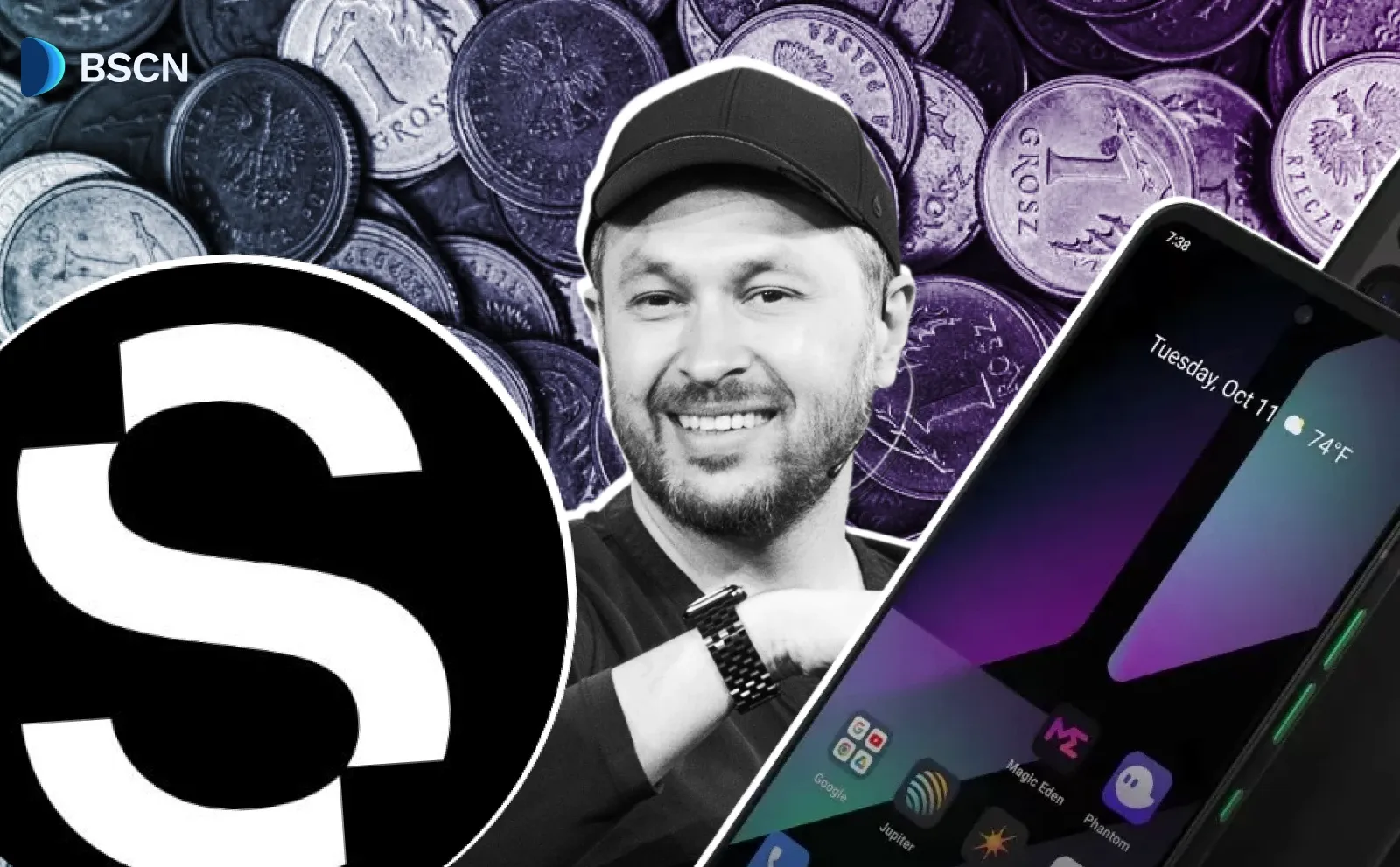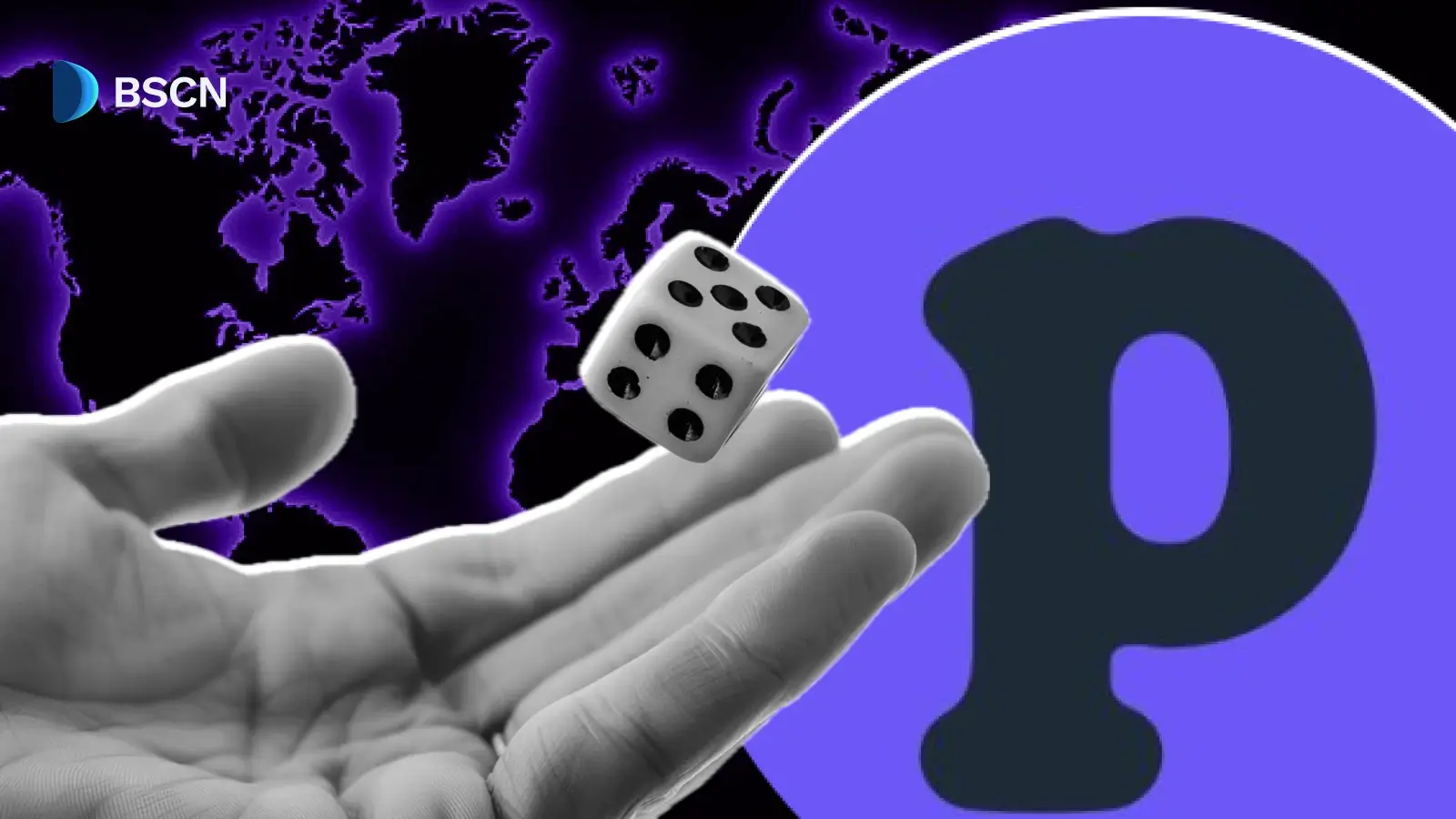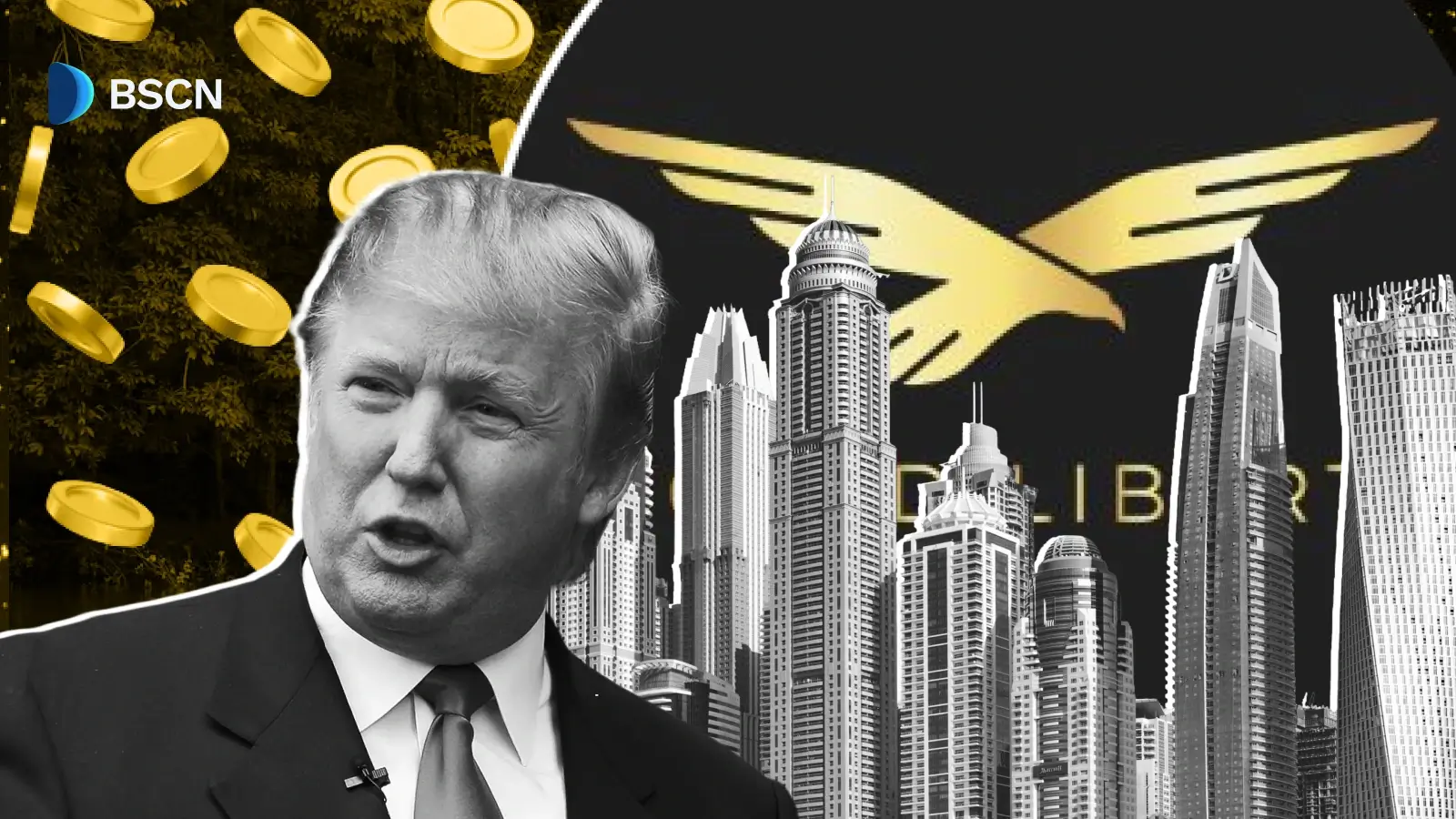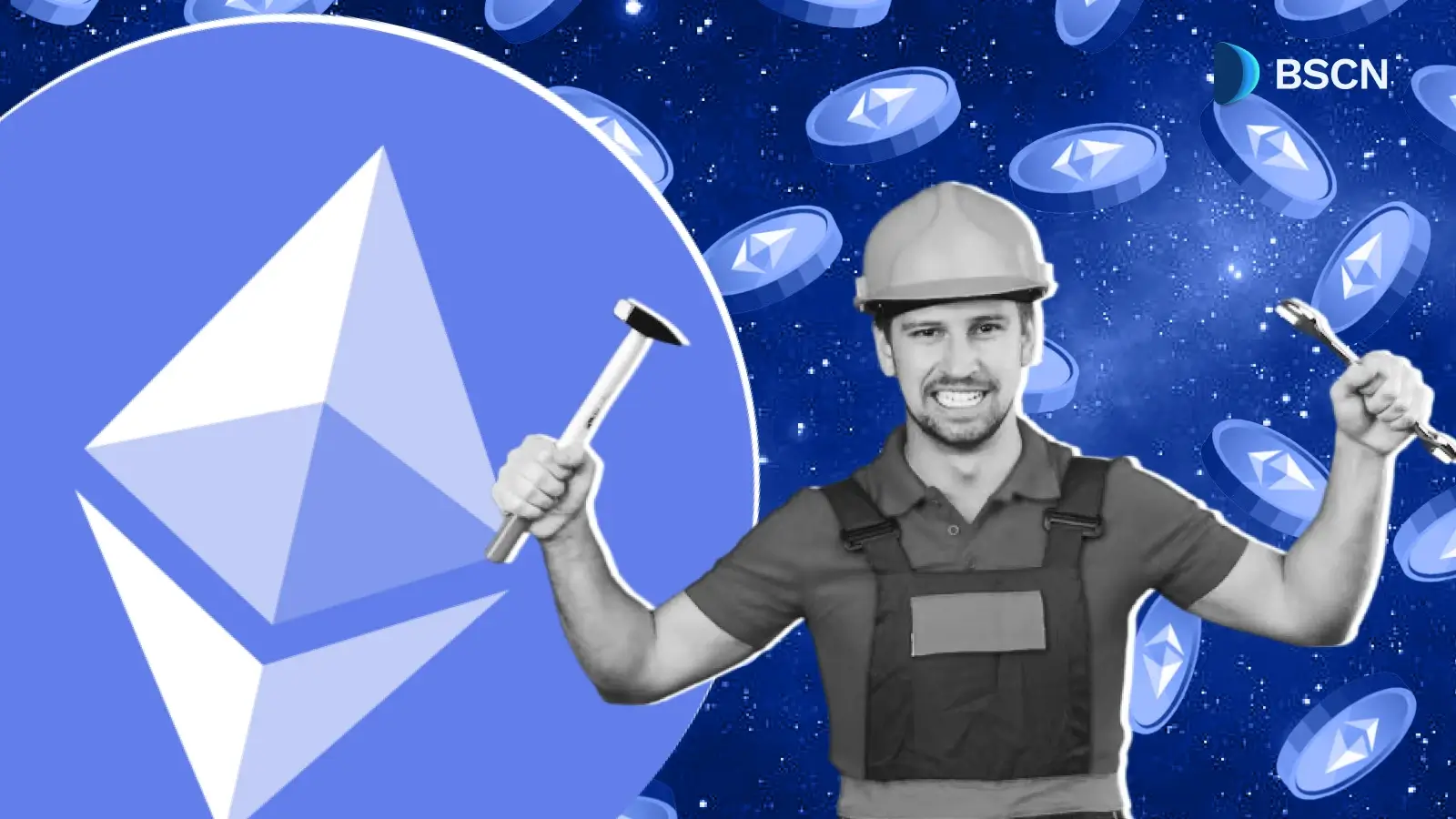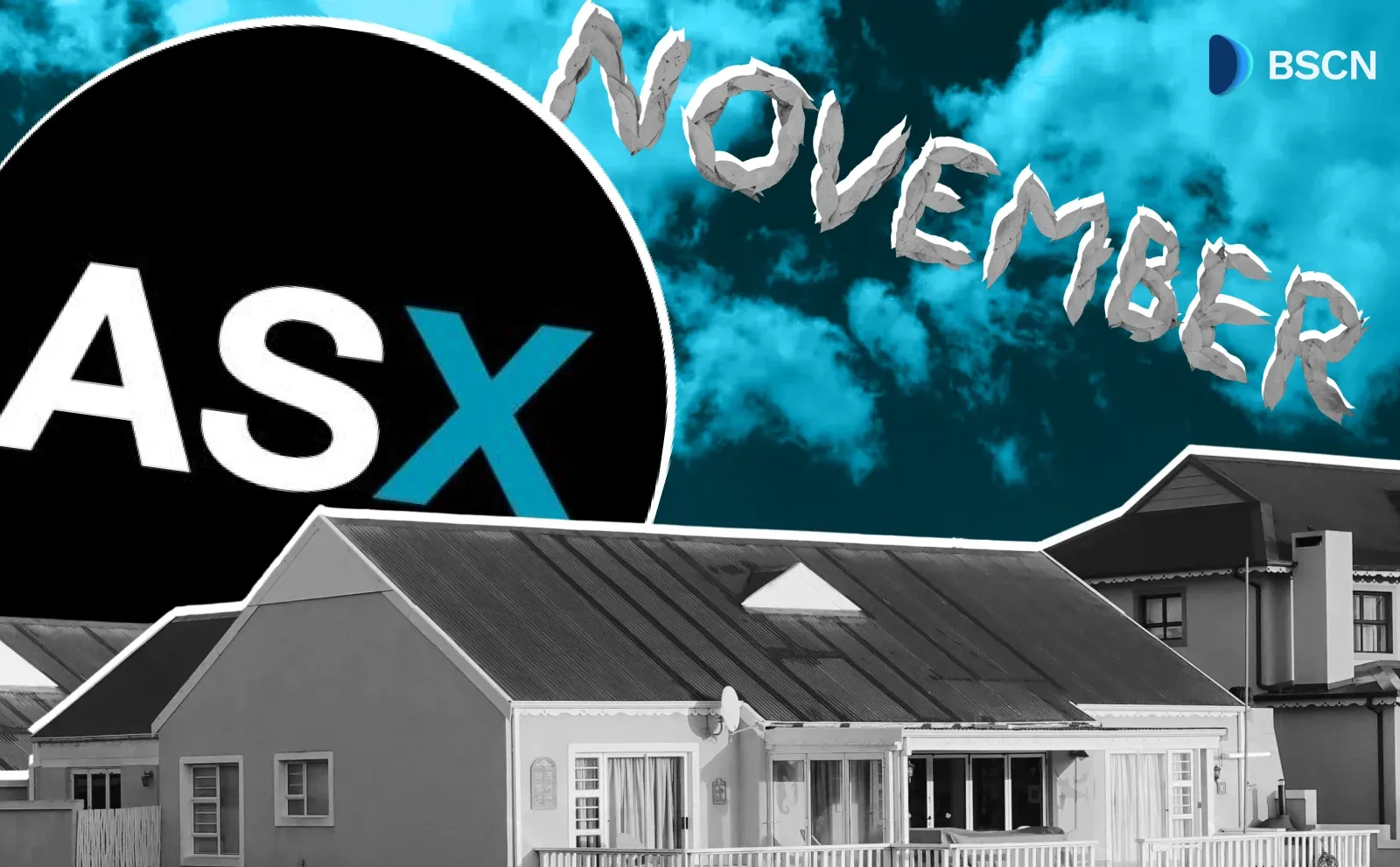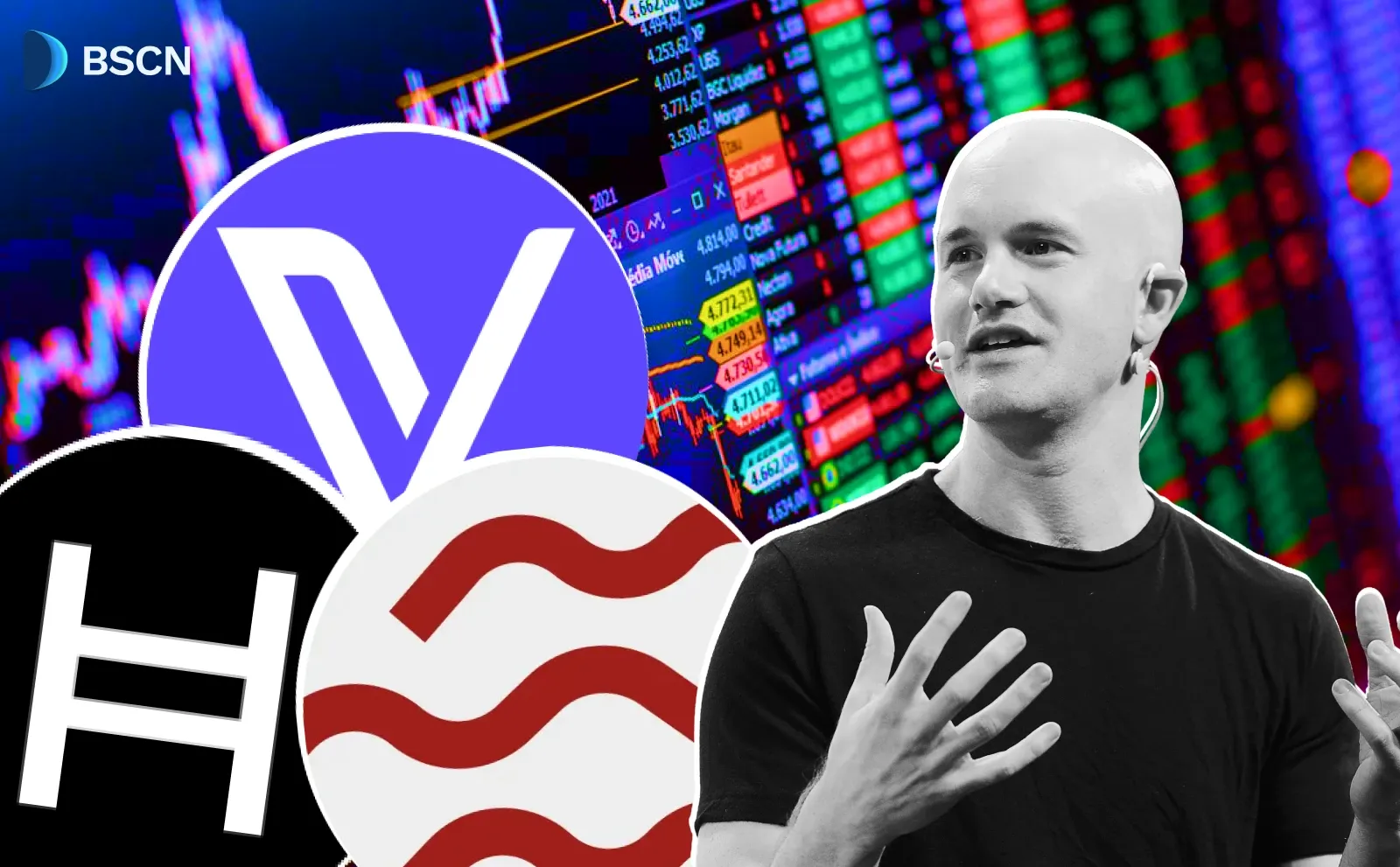Deepdive
(Advertisement)
What is Dogelon Mars’ Rufus L2 Blockchain?

Dogelon Mars develops Rufus L2 blockchain and AI-powered metaverse currently in development. Features $ELON token burns, GameFi ecosystem, and text-to-3D generation technology.
Crypto Rich
May 28, 2025
(Advertisement)
Table of Contents
The cryptocurrency project Dogelon Mars has expanded beyond its memecoin origins to develop a Layer-2 blockchain called Rufus L2, designed to support an artificial intelligence-powered metaverse currently in development. The initiative combines blockchain technology with gaming features and AI-generated content creation tools.
Dogelon Mars, which operates with the $ELON token, began as a community-driven memecoin inspired by space exploration themes. The project has since evolved into a broader ecosystem integrating blockchain infrastructure, artificial intelligence, and metaverse applications. Development partnerships with Caldera for blockchain infrastructure and Publicis Sapient for Web3 expertise provide technical support for the project scope.
Rufus L2 Technical Infrastructure
Rufus L2 operates as a Layer-2 blockchain built in collaboration with Caldera, utilizing the Arbitrum Nova technology stack, a system designed to process transactions faster and cheaper than Ethereum's main network. The network reduces gas fees and supports GameFi applications by processing transactions at lower costs than Ethereum mainnet.
The $ELON token serves as the native currency for all transactions on Rufus L2. The network includes a deflationary mechanism where mainnet transactions burn $ELON tokens, reducing the circulating supply. This burning process aims to create token scarcity.
The token has a maximum supply of 1 quadrillion, with a current circulating supply of approximately 550 trillion $ELON. The project has extended $ELON token availability across seven different blockchains, including BRC20 on Bitcoin, demonstrating multi-chain compatibility and broader accessibility for users across different networks. Originally, 50% of the total supply was sent to Ethereum co-founder Vitalik Buterin, who subsequently donated these tokens to the Methuselah Foundation for biomedical research. The foundation pledged to hold the tokens for at least one year and manage them strategically to maximize long-term value while supporting their life extension research mission.
Technical specifications include integration with MetaMask wallets for user accessibility. The Caldera collaboration provides the infrastructure foundation for the blockchain network, with development focused on supporting the upcoming metaverse applications.
AI-Powered Metaverse Features
The "Dogelon: Land on Mars" metaverse is designed to incorporate AI technology to enable user-generated content creation without requiring technical expertise. The planned system will include a text-to-3D generator that will allow users to create virtual assets by describing them in plain language, such as "treehouse by a lake" or "futuristic vehicle."
This approach will eliminate the need for users to learn 3D modeling software or programming languages. The system is designed to process text inputs and produce corresponding 3D models for use within the virtual world, while planned terraforming features will allow users to modify virtual landscapes and create personalized spaces.
The project also operates an AI art generator at ai.dogelonmars.com, which allows users to create Dogelon Mars-themed artwork in seconds and mint the results as collectible NFTs. This standalone tool demonstrates the project's broader integration of AI technology beyond the metaverse environment.
Beta testing registration opened in October and November 2024, with community members participating in the development process. The platform will be designed to support both individual creativity and collaborative projects.
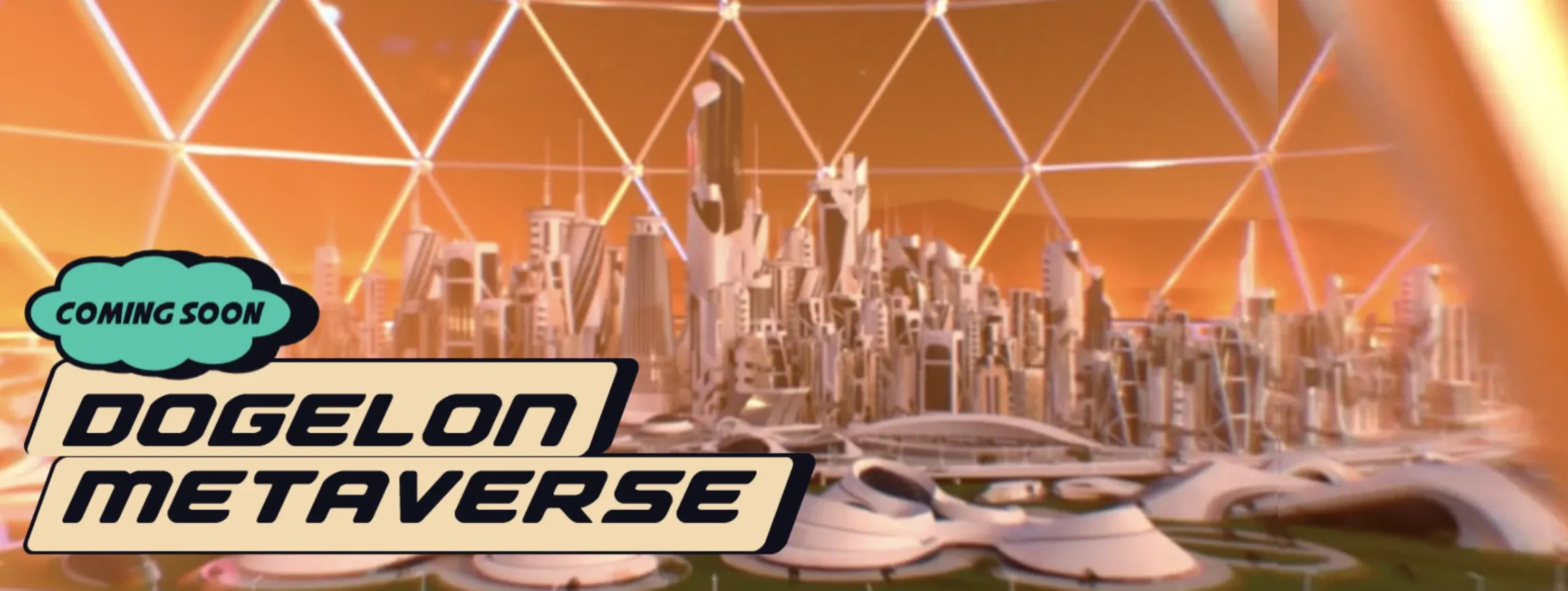
VibeCon 2025: Community-Driven Game Development
Dogelon Mars launched VibeCon 2025, a remote game development challenge demonstrating the project's commitment to accessible AI-powered content creation. The competition features a $10,000 prize pool and requires no coding experience. Participants use AI-powered platforms like Cursor, an AI-assisted code editor, to develop Dogelon-themed mini-games.
The VibeCon website provides step-by-step tutorials for creating games using "vibe-coding" techniques. This approach uses AI to help non-programmers build software through natural language instructions rather than traditional coding. Submissions are due by June 6, 2025, with community members sharing progress on X using #DogelonVibeCon.
VibeCon represents the project's focus on community engagement and AI-assisted creativity. It connects to the upcoming metaverse by encouraging community-created content that could potentially integrate with the GameFi ecosystem on Rufus L2.
GameFi Ecosystem and Token Utility
The planned GameFi ecosystem within Rufus L2 is designed to provide multiple utility functions for $ELON token holders:
- Virtual Economy: Token holders will be able to purchase virtual real estate on Mars, access exclusive NFT collections, and participate in governance votes that shape the project's development direction.
- Community Engagement: Players will be able to join special community events, collaborate on large-scale terraforming projects, and compete in various challenges while earning rewards through gameplay activities.
The planned NFT marketplace within the metaverse will allow users to buy, sell, and trade digital assets created through the AI content generation system. Artists and creators will be able to monetize their virtual creations while collectors can acquire unique digital items for use in the Mars-themed world.
Governance features will enable $ELON token holders to vote on development proposals and community initiatives. This decentralized approach will allow community members to influence the project's direction and propose new features or improvements.
Virtual land ownership will represent a core component of the GameFi ecosystem. Players will be able to purchase plots of Martian terrain, develop them using AI tools, and potentially generate income through various activities or by hosting events for other users.
The planned gaming elements will include exploration mechanics, resource gathering, building construction, and social interaction features. Players will be able to work together on large-scale terraforming projects or compete in various challenges and competitions.
The Great Burn Initiative
Dogelon Mars has implemented "The Great Burn" initiative to systematically reduce the circulating supply of $ELON tokens. This deflationary mechanism operates through transaction fees on Rufus L2, where each mainnet transaction burns a portion of $ELON tokens.
The project provides a burn tracker at burn.dogelonmars.com that displays current burn statistics, including total tokens burned and current supply figures. The burn mechanism integrates directly into Rufus L2's transaction processing system, operating continuously as network usage increases. Governance proposals from March 2024 outlined specific burn mechanisms, including potential initial burns of significant token percentages to reduce the total supply from 1 quadrillion tokens.
Future Outlook
Rufus L2's scalability design positions the network to handle increased transaction volume as the metaverse gains users. The Layer-2 architecture provides flexibility for future upgrades and feature additions without requiring complete system overhauls.
Multi-blockchain compatibility reduces dependence on single network performance and allows users to choose optimal networks based on transaction costs and speed. The combination of deflationary tokenomics through burns, utility-driven demand from gaming activities, and community governance creates multiple mechanisms for sustained ecosystem development.
Competition intensifies in the GameFi and metaverse space, with established projects and new entrants competing for user attention. Technical stability remains crucial for user experience, particularly given the integration of AI systems with blockchain infrastructure. Success will depend on achieving sufficient network activity to justify infrastructure investment and development costs.
Conclusion
Dogelon Mars has evolved from a memecoin concept into a comprehensive blockchain ecosystem centered on planned AI-powered metaverse gaming. The Rufus L2 blockchain provides the technical foundation for reduced transaction costs and scalable gaming applications, while the upcoming "Dogelon: Land on Mars" metaverse will integrate artificial intelligence tools designed to enable accessible virtual content creation.
The $ELON token serves multiple functions within the ecosystem, from facilitating transactions and governance to participating in The Great Burn deflationary mechanism. With professional development partnerships and active community engagement, the project has established the infrastructure necessary for its Mars-themed gaming vision.
Readers interested in following Dogelon Mars developments can visit the official website at dogelonmars.com and follow project updates on X @DogelonMars.
Read Next...
Disclaimer
Disclaimer: The views expressed in this article do not necessarily represent the views of BSCN. The information provided in this article is for educational and entertainment purposes only and should not be construed as investment advice, or advice of any kind. BSCN assumes no responsibility for any investment decisions made based on the information provided in this article. If you believe that the article should be amended, please reach out to the BSCN team by emailing [email protected].
Author
 Crypto Rich
Crypto RichRich has been researching cryptocurrency and blockchain technology for eight years and has served as a senior analyst at BSCN since its founding in 2020. He focuses on fundamental analysis of early-stage crypto projects and tokens and has published in-depth research reports on over 200 emerging protocols. Rich also writes about broader technology and scientific trends and maintains active involvement in the crypto community through X/Twitter Spaces, and leading industry events.
(Advertisement)
Latest News
(Advertisement)
Crypto Project & Token Reviews
Project & Token Reviews
Comprehensive reviews of crypto's most interesting projects and assets
Learn about the hottest projects & tokens
Latest Crypto News
Get up to date with the latest crypto news stories and events


